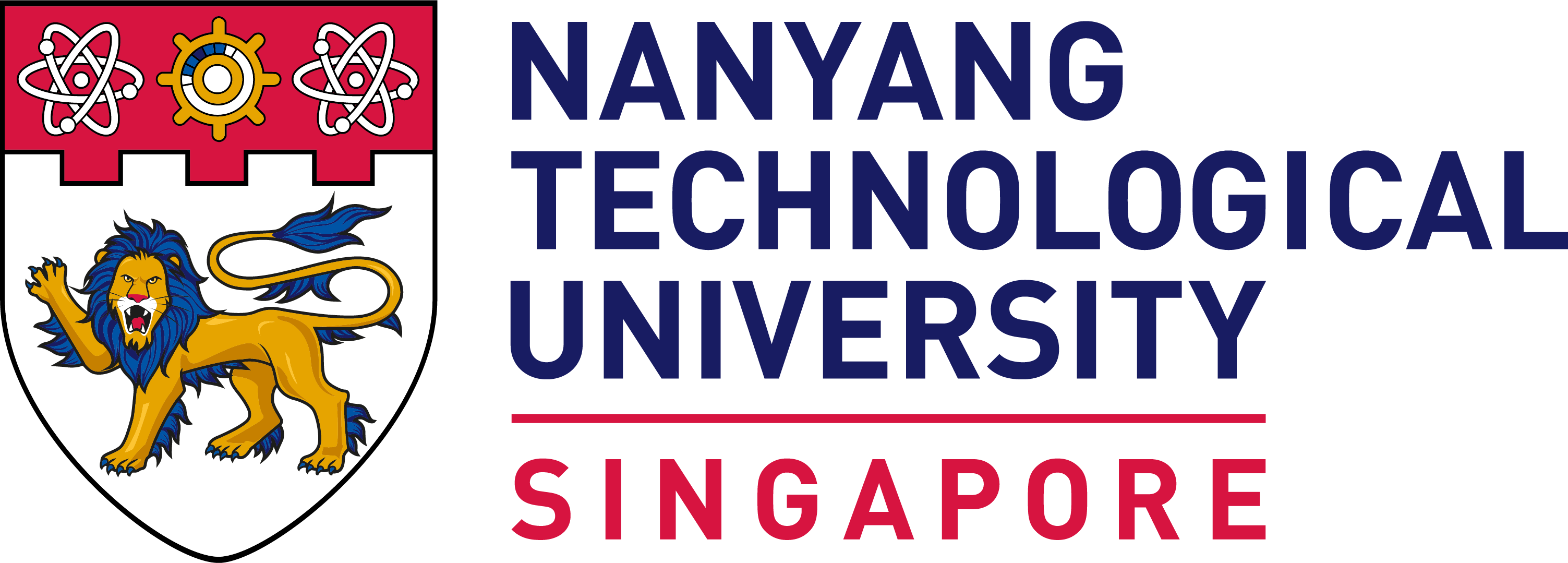Perovskite Materials and Devices: From Discovery to Real-World Uses and Applications by Prof Pablo P. Boix and Assoc Prof Francesca Brunetti

Join us in the IAS STEM Graduate Colloquium on 26 June 2025 (Thursday), 2pm at SPMS LT4 by two distinguished speakers.
"Controlled Crystal Growth as a Tool for Unveiling (Some) Secrets of Halide Perovskite Materials and Devices"
by Dr Pablo P. Boix | Instituto de Tecnología Química UPV-CSIC
In halide perovskites, materials celebrated for their promise in solar energy, lighting, and memory devices, performance breakthroughs often come from clever engineering. But beyond improving efficiency or stability, could the way we grow these materials also offer a window into their fundamental operation? This talk explores how
"Where Flexibility Counts in Perovskite Solar Cells: An Overview of Their Use in Unconventional Environments from Indoor to Space Applications"
by Assoc Prof Francesca Brunetti | University of Rome Tor Vergata
Flexible perovskite solar cells (f-PSCs) have recently reached power conversion efficiency (PCE) as high as 25.09 %. Although still lagging behind their rigid counterparts on glass, which in very short time have achieved 27% of certified efficiency, the use of flexible substrates opens up to a wide range of applications, from sensors for the Internet of Things, to the retrofitting of existing buildings to improve their energy efficiency (building-applied PV), to space, thanks above all to the high power/to weight ratio generated which is the range of 29.4 W/g compared to 8.31 W/g for amorphous silicon and 0.254 W/g for ultra-thin CdS / CdTe.
In this presentation an overview of the use of flexible perovskite solar cells in two unconventional environments (indoor wearable and space) where role and importance of flexibility and lightness will be reported. In particular for space applications I will report on our studies related to the resilience of flexible perovskite solar cells to neutrons, which unlike protons and electrons are not electrically charged, and therefore do not directly cause ionization effects in an irradiated material, however, they can cause elastic collisions leaving defects in the lattice.
In this talk I will give an overview on the effects of neutron irradiation on flexible perovskite solar cells focussing on the role of the hole transporting layers. In particular, I will show how the substitution of standard spiro-OMeTAD with P3HT-modified and PTAA-modified polymers affects the overall performances of the unencapsulated devices revealing an higher resilieance of the polymer based system respect to spiro-OMeTAD under neutron irradiation.
Regarding the energy supply for IoT systems that typically require low power and work under discontinuous illumination, an important issue is to guarantee continuous operation to improve the system performance and to reduce device size and weight. In this context, I will introduce the concept of photocapacitor, a device where the energy photovoltaic (PV) generation and storage systems are combined in a single unit, offering an innovative approach to manage energy supply.
In particular I will report on the all printed three-terminal photocapacitor based on carbon perovskite solar cell (CPSC) integrated with an MXene-based in plane microsupercapacitor (MSC) realised on glass substrate. The device was characterised both under 1 sun and at 1000 lux illumination achieving an overall efficiency of 3.8% with a striking 99% coulombic efficiency and 87% capacitance retention over 6000 cycles for the supercapacitor unit.
I will then show the integrated two terminal flexible photocapacitor, where a flexible perovskite solar module was integrated with flexible interdigitated supercapacitors interconnected in parallel and series with peak overall and storage efficiencies of 2.8% and 23% respectively. Finally I will show some applications of those devices.
Co-Organisers
IAS@NTU and the Graduate Students' Clubs of MSE and EEE.

